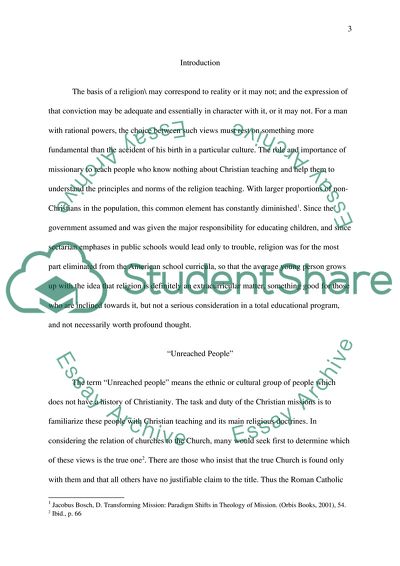Cite this document
(Unreached People Group Project: Jat, Hindu of India Coursework, n.d.)
Unreached People Group Project: Jat, Hindu of India Coursework. https://studentshare.org/culture/1720283-unreached-people-group-project
Unreached People Group Project: Jat, Hindu of India Coursework. https://studentshare.org/culture/1720283-unreached-people-group-project
(Unreached People Group Project: Jat, Hindu of India Coursework)
Unreached People Group Project: Jat, Hindu of India Coursework. https://studentshare.org/culture/1720283-unreached-people-group-project.
Unreached People Group Project: Jat, Hindu of India Coursework. https://studentshare.org/culture/1720283-unreached-people-group-project.
“Unreached People Group Project: Jat, Hindu of India Coursework”. https://studentshare.org/culture/1720283-unreached-people-group-project.


